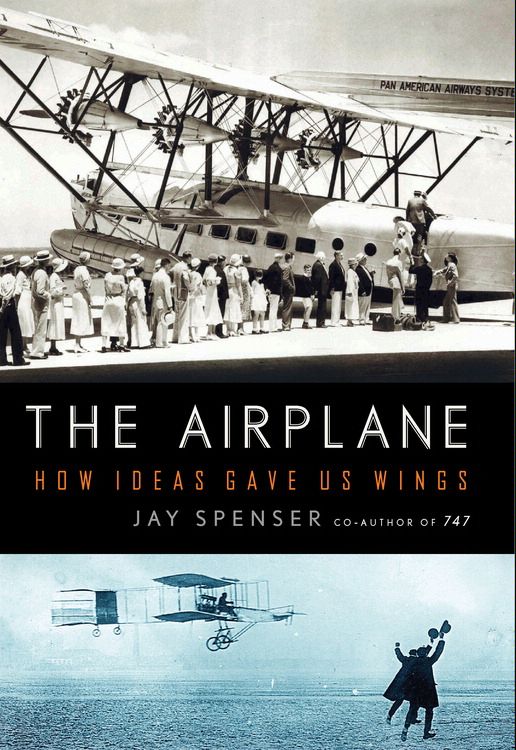
The Airplane PDF
Preview The Airplane
This history of the development of the airplane by Spenser, a former curator of the National Air and Space Museum and author of 747, recasts the Wright brothers' contribution as he widens the scope to aviation history in France, Germany and beyond. Spenser starts with the pioneering work of Yorkshire gentleman Sir George Cayley in the late 18th century, delineates the competitive race between inventors in the early 1900s and culminates (somewhat abruptly) in the world of modern jet airliner travel. Spenser's history reads like a textbook for young, aspiring engineers. Instead of a general chronological approach, Spenser divides the book into sections that each track the development of a different part of the airplane, from the fuselage to landing gear. While this allows him to show how the modern airplane is not a singular invention but rather the cumulative result of thousands of different inventors, trials and errors, it does diffuse the narrative. Still, Spenser's book stands as a smart, and occasionally wonkish, history of a thrilling machine all too often taken for granted. (Nov.)
Copyright © Reed Business Information, a division of Reed Elsevier Inc. All rights reserved.
Spenser organizes his history of the airplane according to the modern machine’s major components––fuselage, wings, tail, landing gear, engine, and so forth. The ungainly look of early contraptions, on view in the included historical illustrations, underscores technical evolution as airplane designers mastered the physical forces of flight. The Wright brothers are important not only for being first aloft but also for conducting the most systematic research into the problem of flight control. Without a fuselage, however, their design was a dead end. The advantage of giving an airplane such a backbone becomes apparent in Spenser’s account of innovations in fuselage construction and of airplane types that embodied them, such as the DC-3. Spencer then explains wings’ transition from wire-trussed support to stronger cantilevered support, the development of piston engines, their replacement by jet engines, and improvements in on-board navigational and engineering instrumentation. A work better suited to readers interested in engineering than to those seeking a purely pictorial history of aviation, this well conveys Spenser’s knowledge of and enthusiasm for his subject. --Gilbert Taylor
